The Bra Breakdown
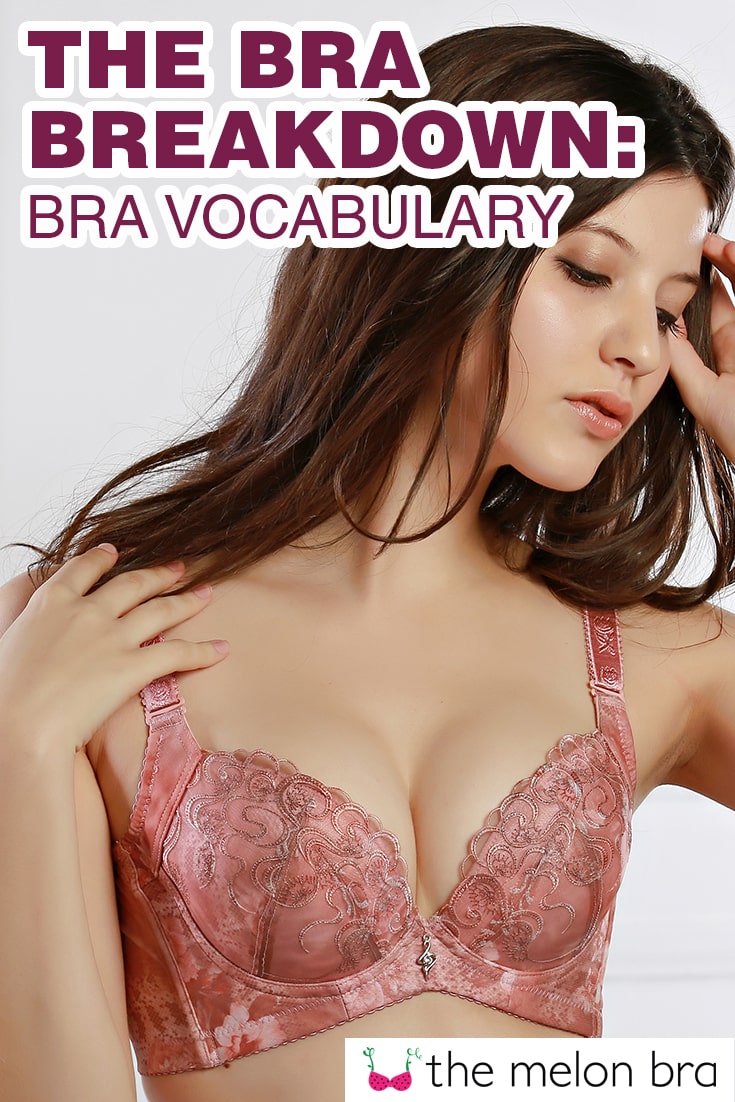
Knowing the parts of a bra is very helpful in determining how a bra will fit and which will work best for you.
Bras can be pretty complex and have lots of parts to take into consideration. There really is a science to creating the right lift and fighting against gravity. Here’s a breakdown of bra construction and vocabulary to help determine the best bra for your unique shape.
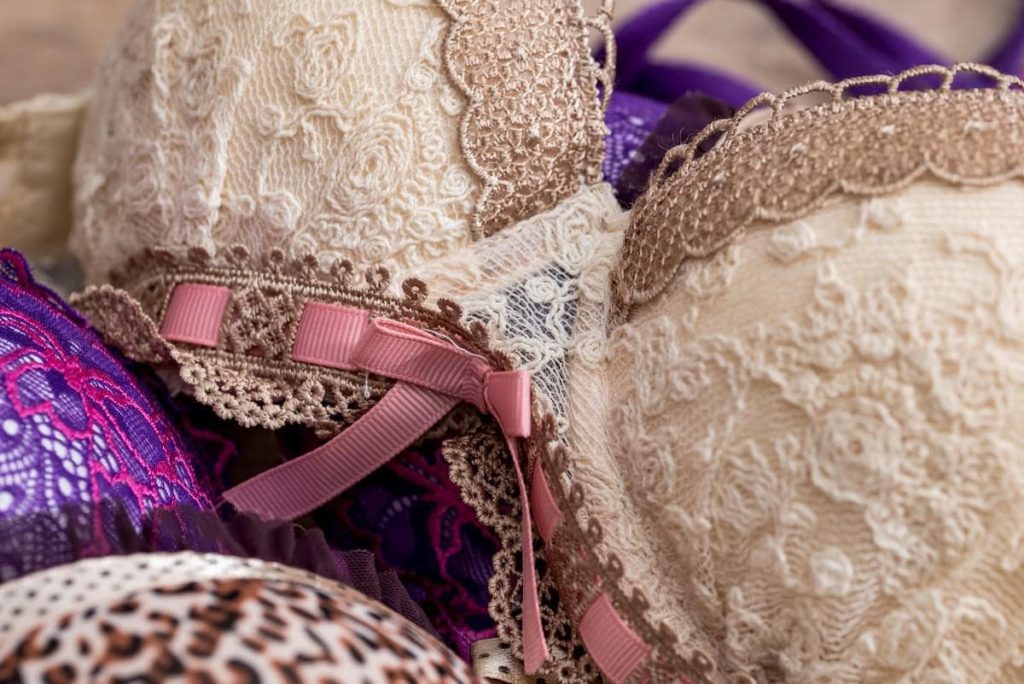
Band
The band is the foundation of a bra. It anchors the bra to your body and provides most of the support from your breast weight. Bands come in various thicknesses to offer additional support and are made of multiple pieces.
The bridge, or center gore, is the piece of the band in between the cups. It should rest comfortably against your sternum. Depending on the style of bra, the height of the gore will vary to offer more or less coverage.
On a full-frame bra, under the cups is the cradle, also called the frame. This style presents a sturdier platform for the underwire.
On the side of the bra, we have the side seams that are sometimes reinforced with boning for extra structure.
Attached by the side seams are the back wings. On a properly fitting bra, the back of your bra should not ride up and should be parallel to the floor.
On frameless bras, the wings connect directly to the side of the cups and may or may not have side seams. The wings come in different shapes including straight or leotard, also referred to as U shaped.
Some adhesive bras don’t have bands at all to offer greater versatility under clothing.
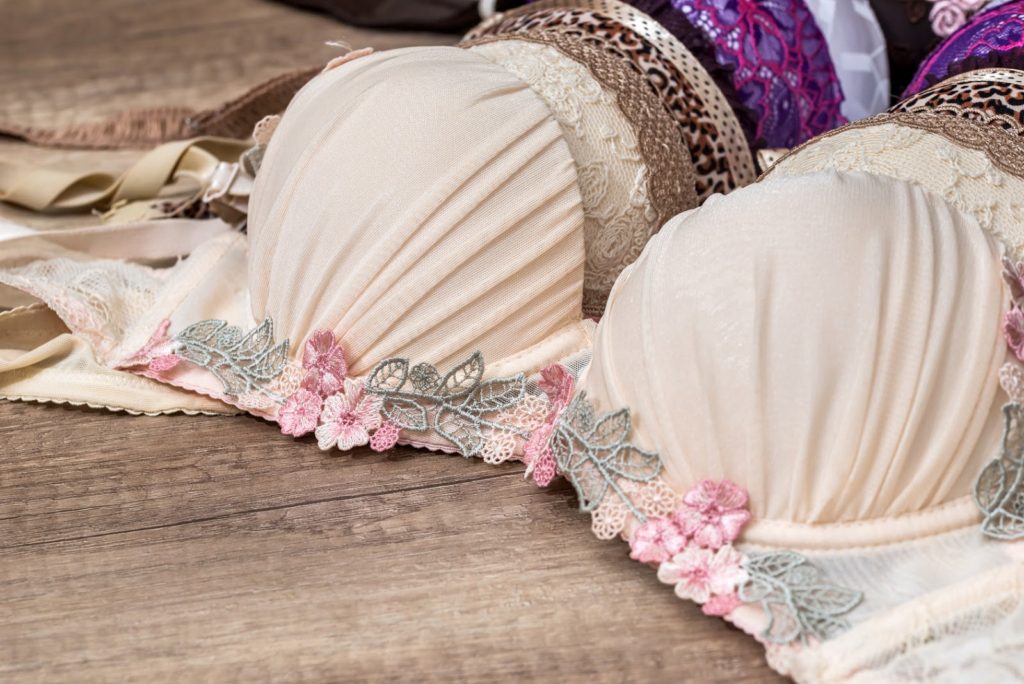
Cups
The most distinguishing characteristic in bras comes from the assortment of cup styles.
A bra’s cups can have different levels of coverage including demi, balconette, full cup, and plunge.
Seamed cups come in a variety of different options and can include 2-4 part cups. The more parts that are sewn together the sturdier the bra will be and offer better support. A popular cut-and-sew cup will include an upper cup, lower cup, and a support sling which helps the breasts stay in the front instead of spilling out on the sides.
Seams can include a horizontal seam to give the wearer a projected look, a vertical center seam to give support and uplift to the breasts, a transversal seam to offer a more rounded shape to the breast tissue, and an angled seam to provide centering and lift to give a flattering appearance.
Molded cups are seamless and are created using a molding machine. The thin foam gives shape and support to the breasts.
Seamless cups can also include unlined cups such as a bralette.
Underwire bras come in multiple lengths and shapes. The silhouette of the bra will determine how much underwire is included. They rest in a casing called a channel and sometimes have extra material to provide added comfort. Underwire separates the breasts and offers the best support, especially for full busted women.
Wire-free bras are also available and depending on the construction can offer just as much support as a bra with underwire. These cups can also be called soft cups.
Some lingerie also comes in a cup-less option.
The apex is the connection between the bra strap and the cup.
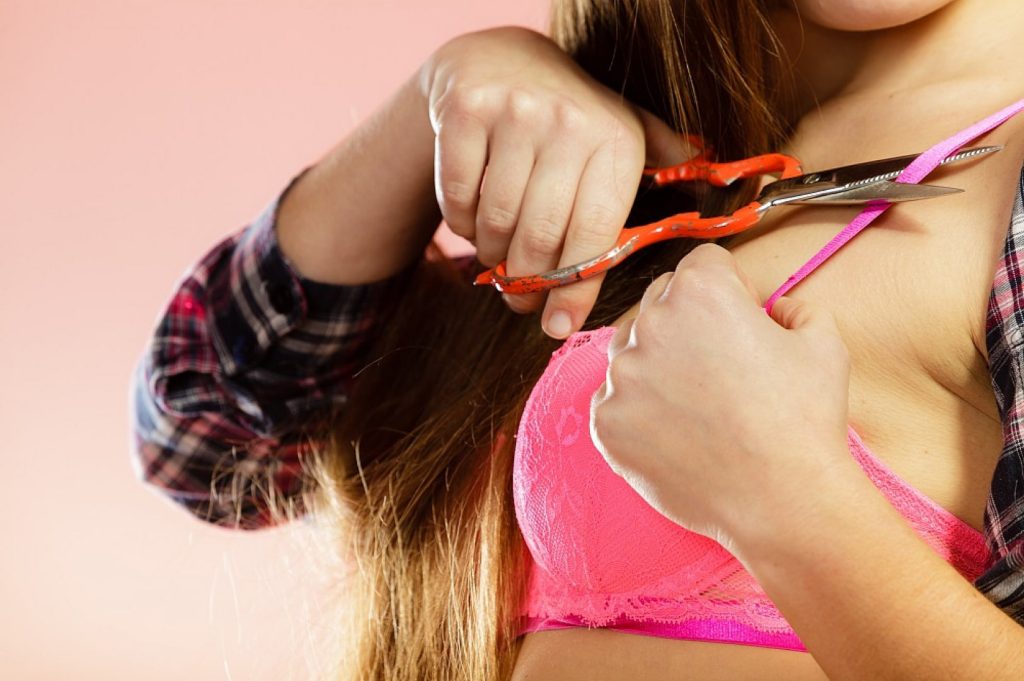
Straps
The main role of the straps is to keep the band in place and keep the cups from falling down. They should carry very little of the breast weight. Straps come in a variety of thicknesses and widths for further comfort.
With fully adjustable straps, the sliders can be adjusted to anywhere on the strap to truly customize the length.
Partially adjustable straps are separated into two pieces and usually connected by an O-ring. The front straps are stationary, while the back straps are adjustable.
A J-hook adds the option to convert the straps into a racerback style.
With the addition of a G-hook, the straps can detach from the bra creating criss-cross, asymmetric, halter, and strapless styles.
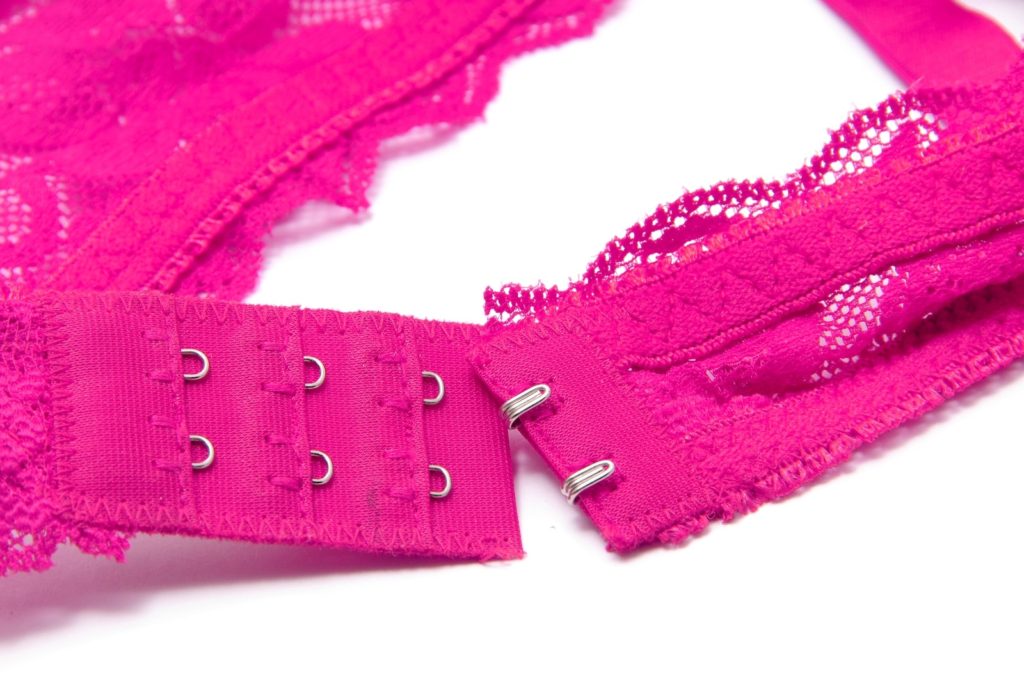
Hook and Eye Closure
Most bras clasp in the back by a hook and eye closure. The rows of closures vary from bra to bra. The more material the bra has, the more closures. Full-busted sports bras usually have 3-4 rows, while longline bras (link to bra types) might have 4-5 rows.
Bras typically have three columns of eyes. When the bra is brand new, the fit should be snug on the set of eyes closest to the end of the band. As a bra gets worn and stretches, the hooks can be moved to a tighter set. If the bra is loose and cannot be tightened any more, it’s time for a new bra.
Some bras hook in the front and are called front closure bras.
Conclusion
I normally like molded cups in fun colors and fun straps. Also if it’s convertible that is a bonus for me.
I hope this clarified any confusion about the anatomy of a bra.
XOXO,
Stephanie
P.S. Let me know in the comments below what you look for in a bra.
Hi! I’m Stephanie.
Welcome to my blog about boobs, bras, and body image.
It’s my mission to help others appreciate their bodies while giving tips on dealing with bigger breasts.

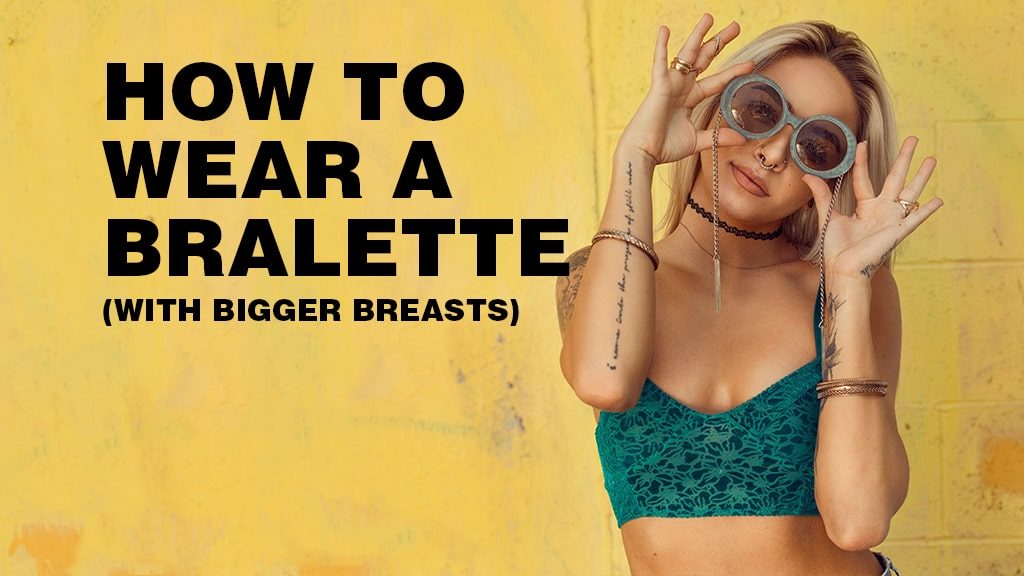
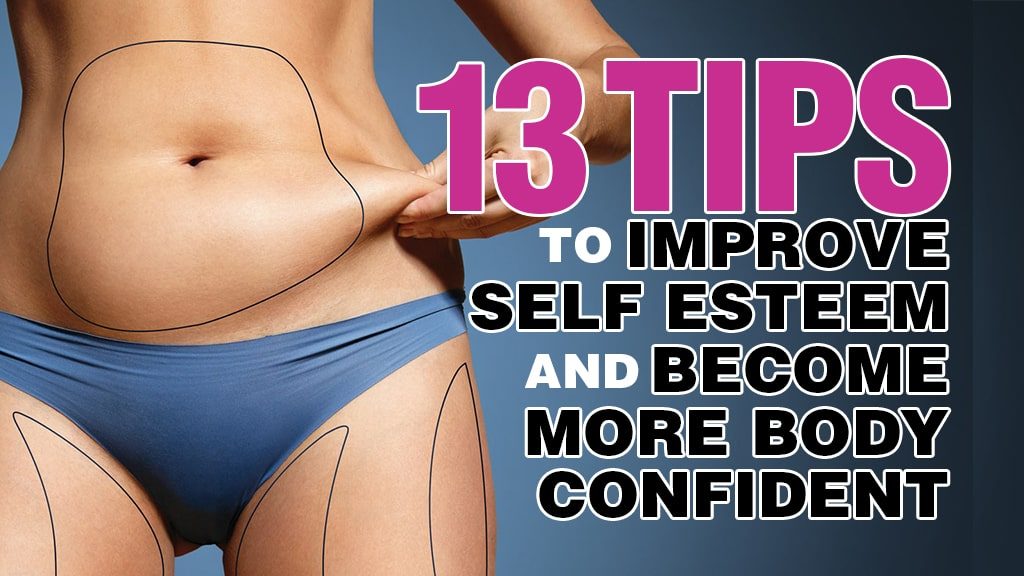
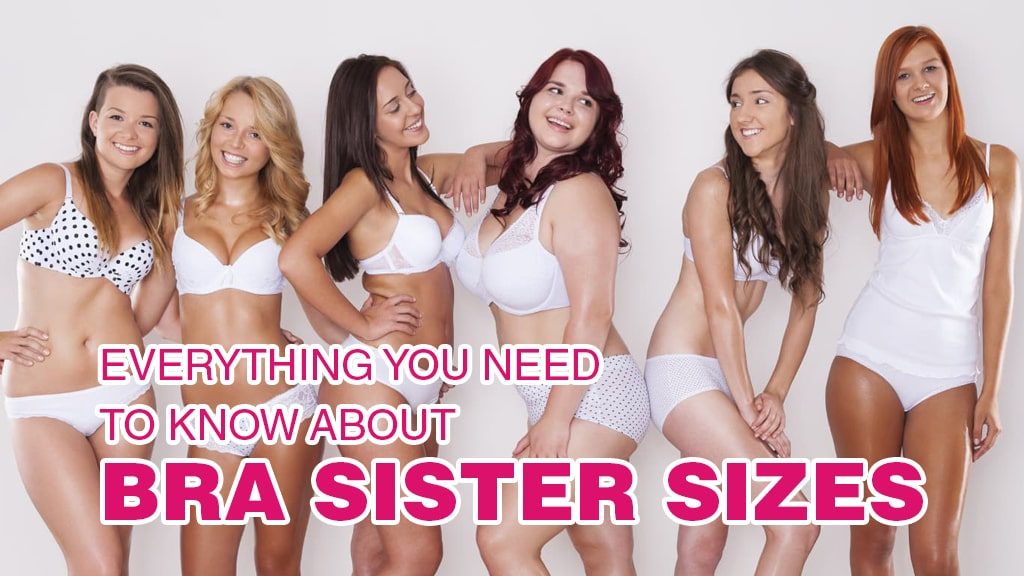
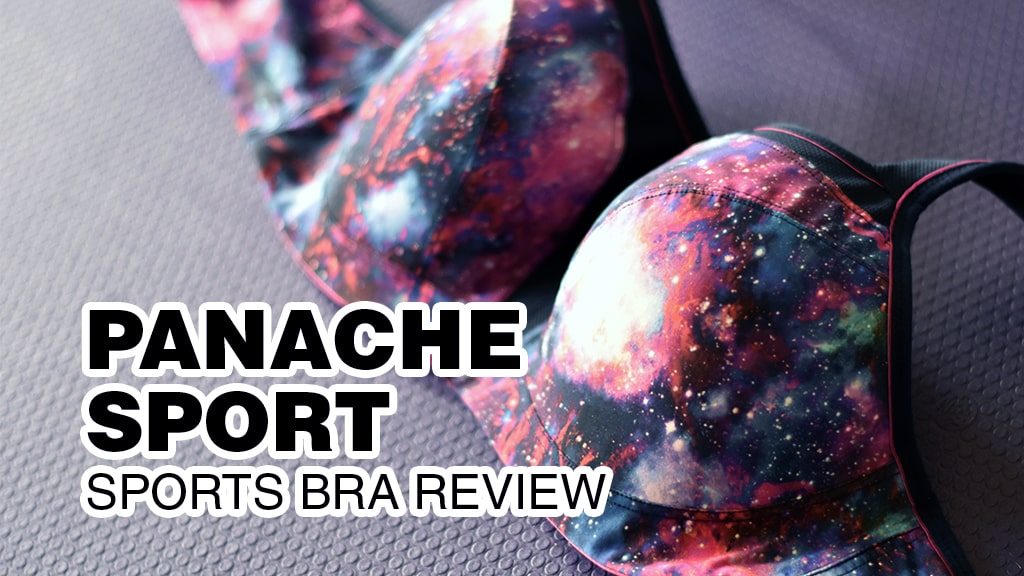
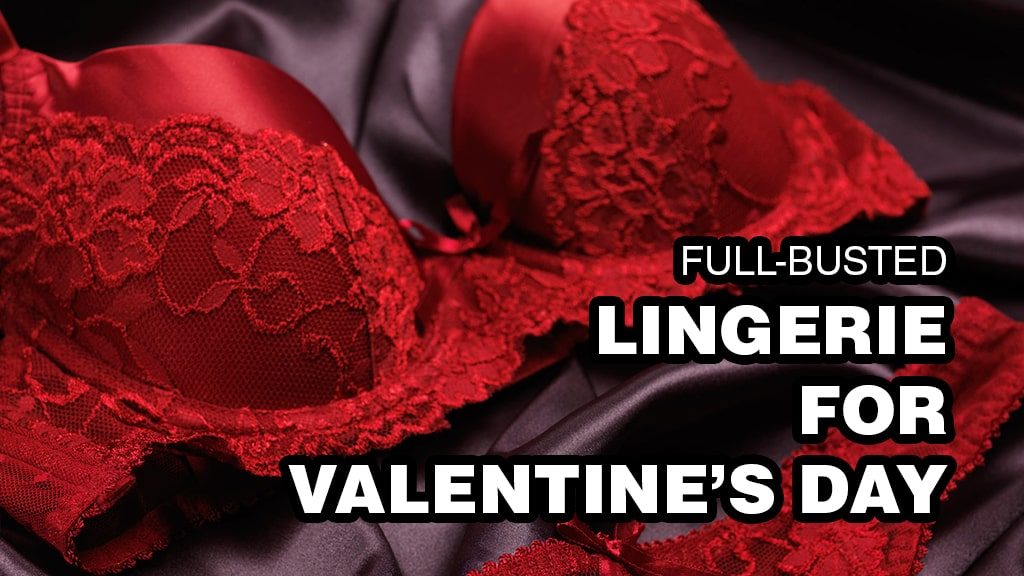
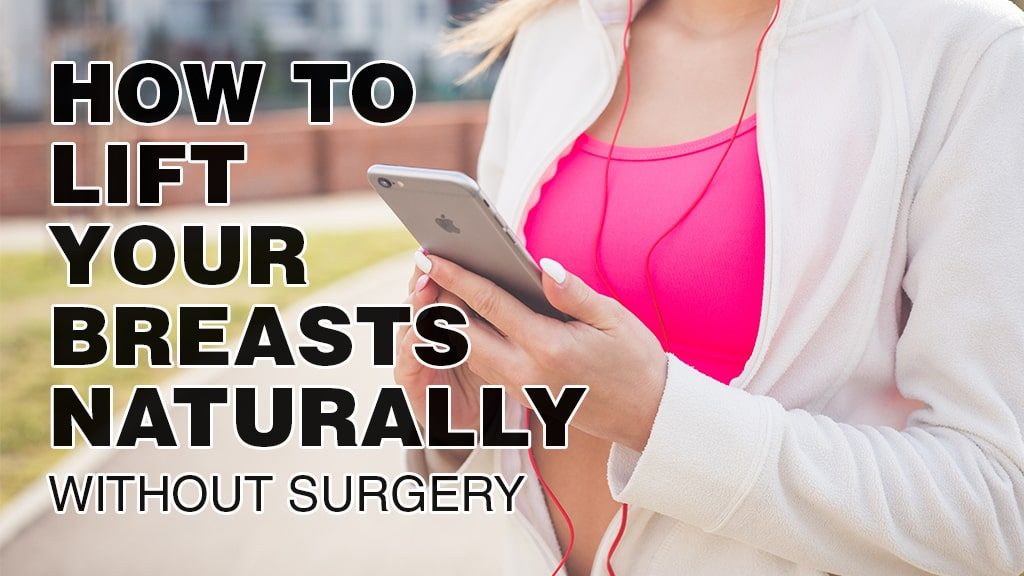
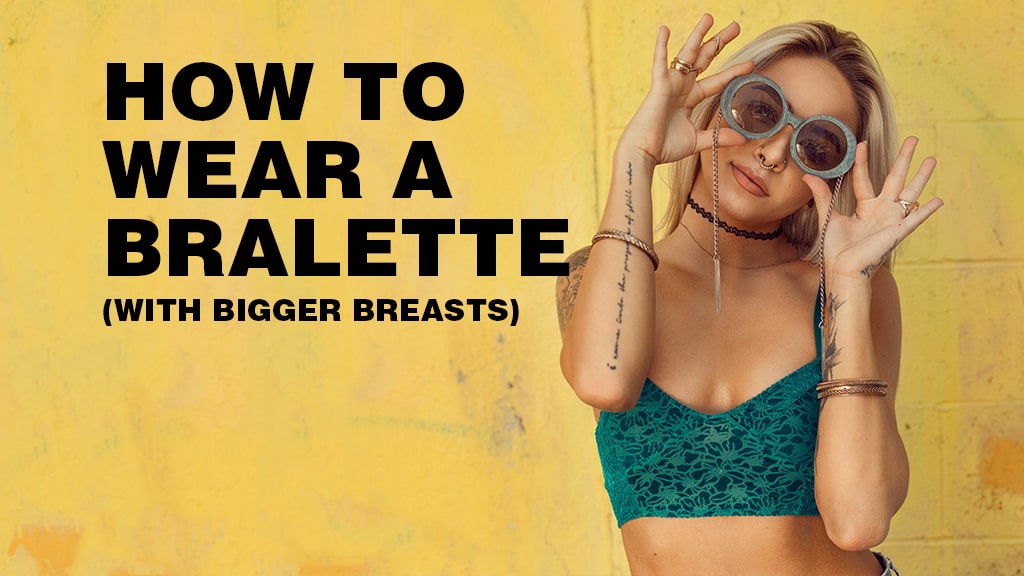
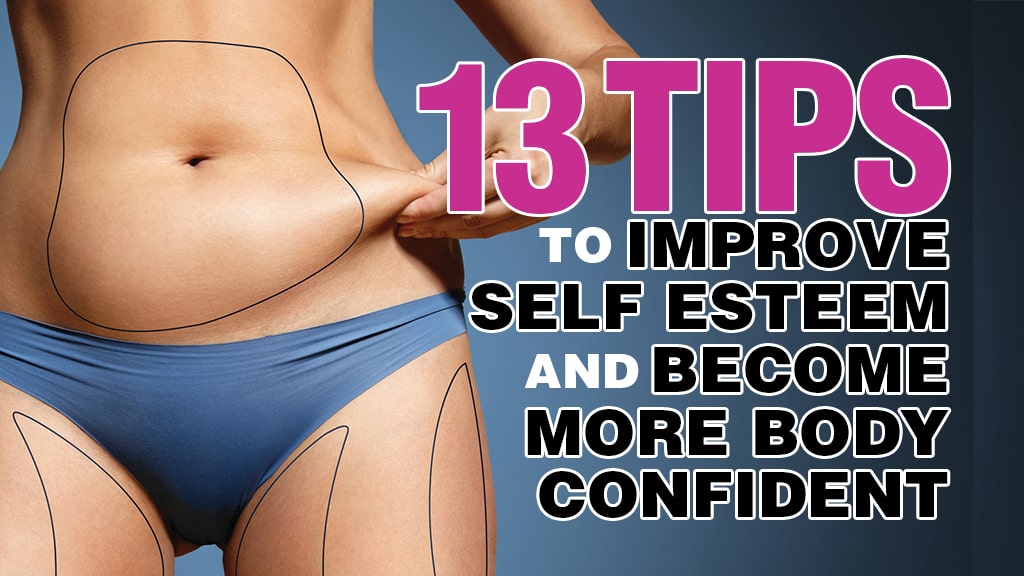
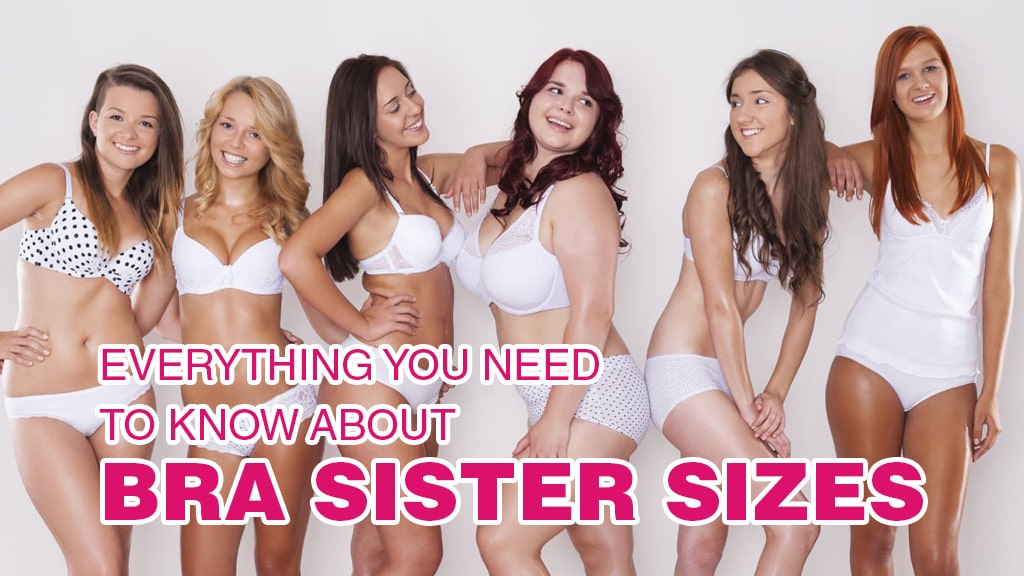
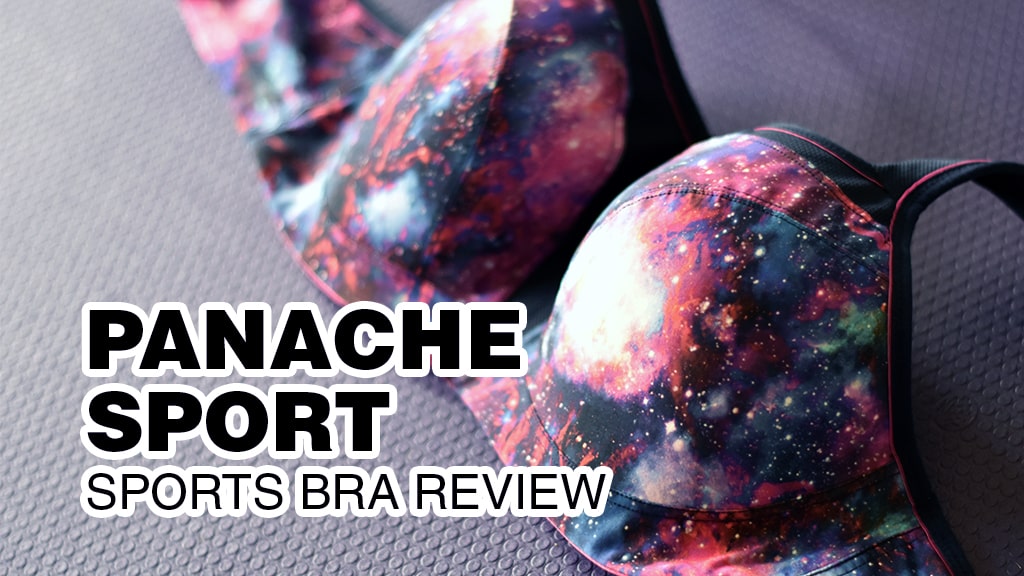
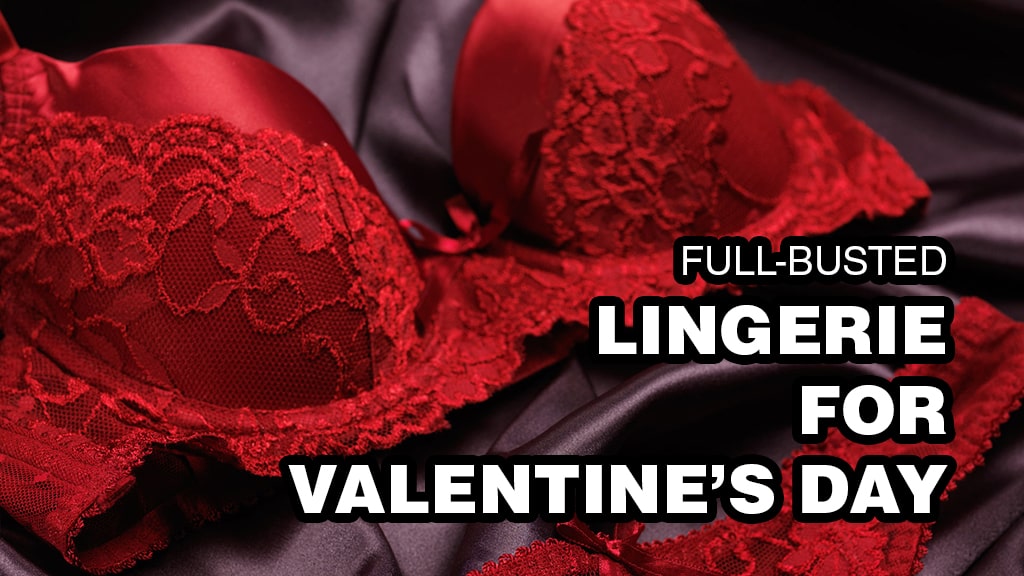
0 Comments